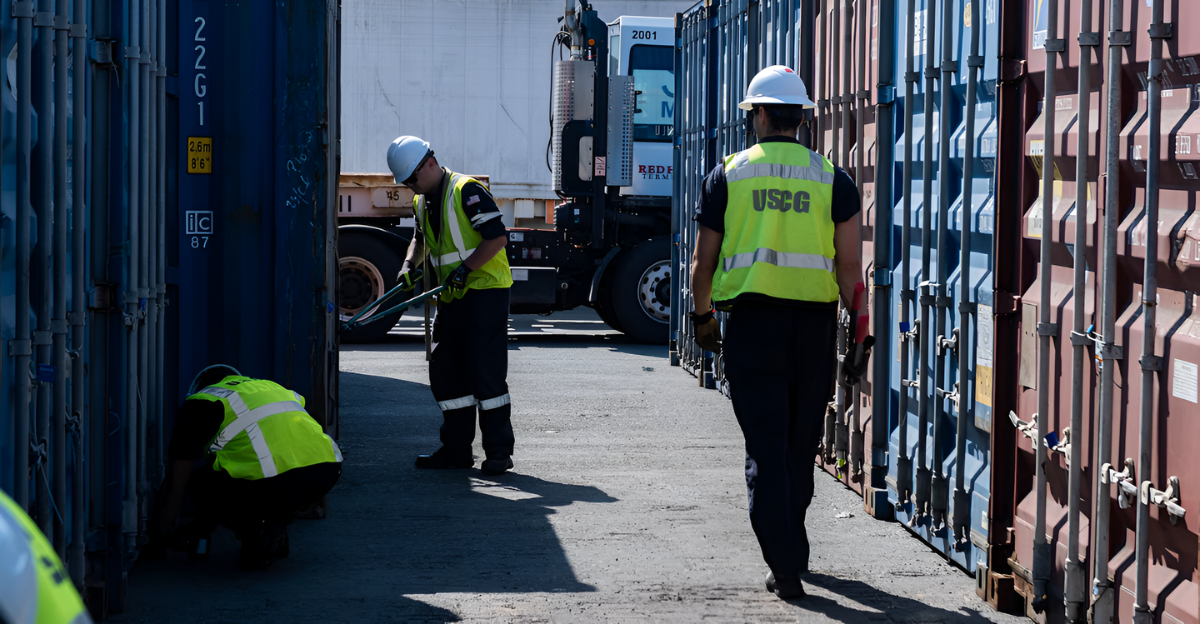
As the summer of 2025 unfolded, US retailers navigated unexpected turbulence. Major ports, including Los Angeles and New York, reported nearly an 8% drop in container volumes compared to the previous year. Although shoppers might immediately overlook the impact, the retail industry felt the pressure.
This decline raised alarms, signaling that the once-reliable flow of goods was beginning to slow. Experts noted that this downturn had surprised even the most seasoned importers, setting off a chain reaction that could constrict inventory pipelines. The question loomed large: how would retailers adapt to this new reality?
The Supply Shock Intensifies
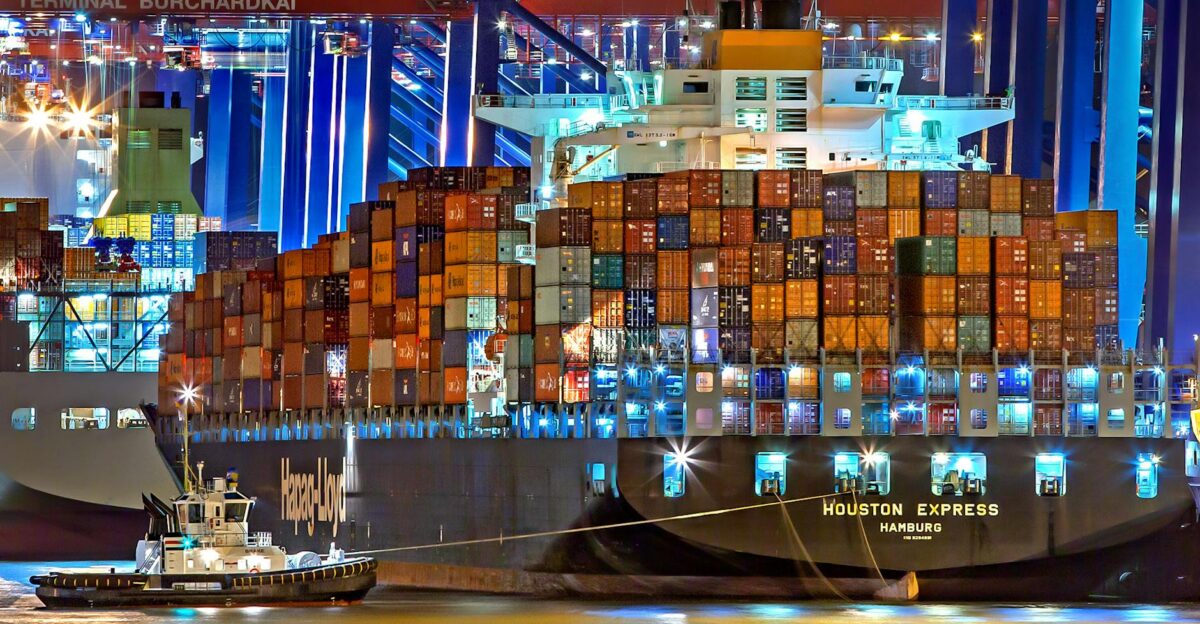
As July rolled in, the situation grew dire. Shipping analysts warned that national container imports could drop between 12% and 25% for the remainder of the year. This stark projection followed a post-pandemic recovery period, hinting at a more profound shake-up in US trade patterns brought on by new tariffs. “These disruptions are unlike anything we’ve seen in decades,” remarked an analyst from Drewry Shipping.
With supply chains becoming more tangled, retailers scrambled to recalibrate their strategies. Could the supply system endure further shocks, especially as critical holiday shopping seasons approached? The mounting pressure was palpable.
Tariff Timeline Unfolds
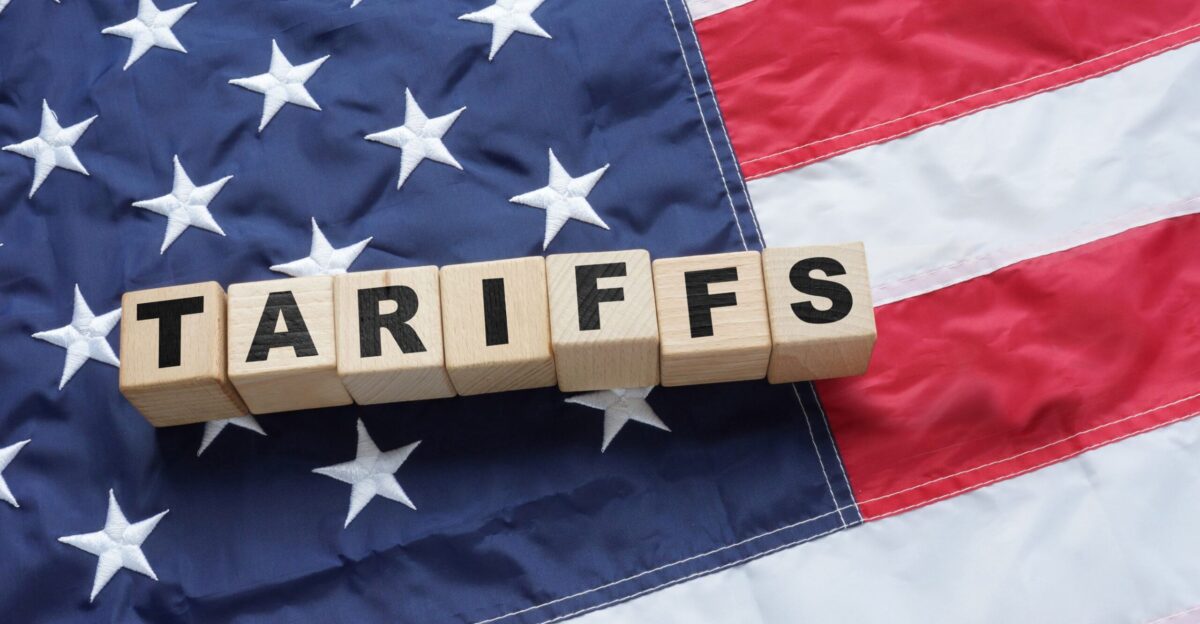
The turbulence began in early April when new US tariffs, reaching as high as 145% on imports from China and 10% on goods from other countries, took effect. Known as “reciprocal tariffs,” these measures targeted various categories, including electronics and outdoor furniture. The result was an immediate reshuffling of global shipping lanes and urgent adjustments in purchase orders.
“The tariffs have forced us to rethink everything,” said a logistics manager. While some industry groups sought exemptions, the repercussions were swift and severe, culminating in a retreat of trade flows by May. A simple policy change turned into a complex supply chain crisis.
Retailers Brace for Impact

For retailers, the consequences of these tariffs were immediate and severe. The National Retail Federation (NRF) issued a warning as early as late spring, urging members to prepare for shortages and rising prices. Walmart noted increased costs and delays in shipping, while Target faced postponed deliveries of essential merchandise for back-to-school displays.
Jonathan Gold of the NRF stated, “Tariffs are essentially taxes on US importers and will ultimately be passed on to consumers.” As the fall shopping season approached, retailers across multiple states scrambled to adjust their inventories and pricing strategies, unsure how much further supply disruptions would impact their operations.
A Closer Look at Port Activity

The main shock to the retail system hit US ports in May and June, with total import container volumes falling by 7.9% year-on-year. Notably, Los Angeles, Long Beach, and New York ports experienced dramatic slowdowns. Analyst John McCown described this decline as “the steepest since the 2008 financial crisis.”
Some specialty goods faced even greater drops, showcasing the uneven impact. Data from the NRF and port authorities corroborated this trend, with traffic at the top ten US gateway ports significantly down from the high volumes seen in the previous year. This marked a historical one-year movement in import volume.
Rippling Effects Across Regions

The repercussions of the declining trade volumes were felt far beyond coastal states. In California, trucking companies confronted idle drivers and dwindling loads, while furniture retailers in Texas and Florida reported inventory shortages. Meanwhile, logistics managers in the Midwest noted that lead times for shipments from Asia had doubled, creating hurdles for regional discount chains and smaller retailers.
The Port of Savannah indicated a sudden volume drop after experiencing record activity. “Every region is being affected differently, but nobody is escaping this disruption entirely,” explained a spokesperson for the Georgia Ports Authority, highlighting the pervasive nature of the crisis.
Struggles on Store Floors
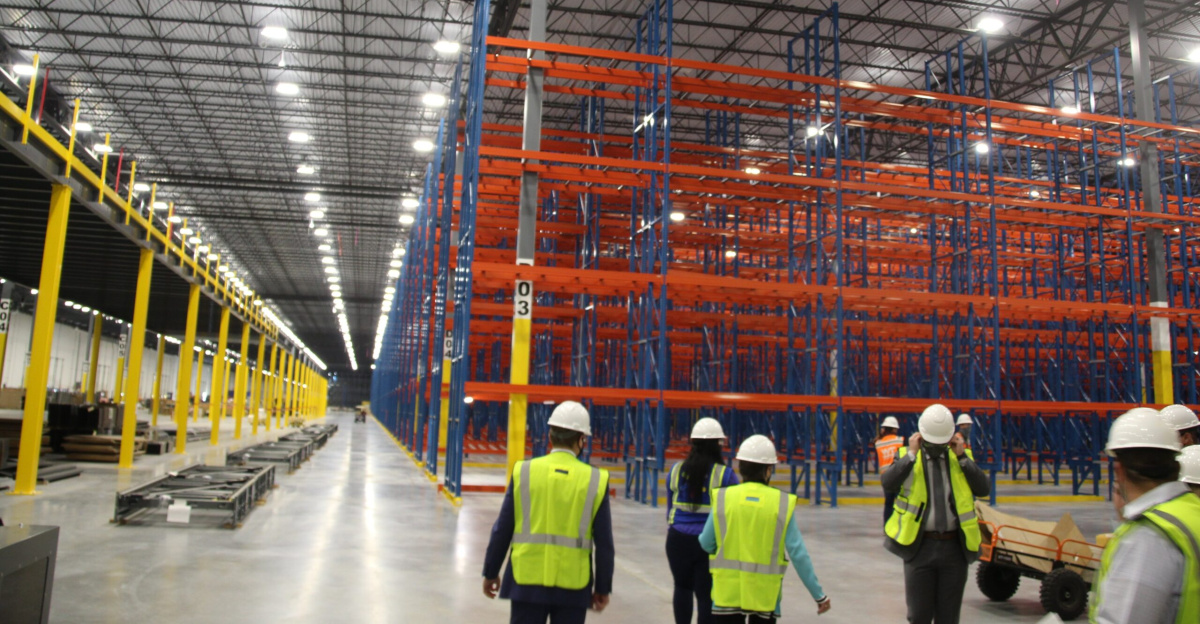
Independent retailers and franchisees found themselves on the frontline of this crisis. A toy shop owner in Nebraska lamented, “We’re making do with fewer choices for our customers, and our backorders have surged by 40%.” In Arkansas, a Walmart distribution manager shared how trucks arrived only half full some weeks, leaving them ill-equipped to meet customer demand.
Similarly, an electronics retailer in Massachusetts expressed anxiety about maintaining stock levels for the holiday season. As national trade groups reported increasing incidents of bare shelves, frontline workers were witnessing firsthand the mounting frustration of shoppers and the toll on business operations.
The Supplier Response

In a scramble to adapt, major retailers revamped their global sourcing strategies. Walmart and Target began shifting some orders to Southeast Asia and Latin America, but immediate relief proved elusive. Shipping delays and escalating spot rate costs compounded the challenges, as alternative routes struggled with limited capacity.
The NRF reported a dramatic shift in inventory strategies, with many businesses pivoting to “just-in-case” models rather than the previous trend of operating on leaner inventories. Customs data revealed quickly changing import origins, with Vietnam and Mexico gaining market share even as total volumes fell.
Macroeconomic Ramifications
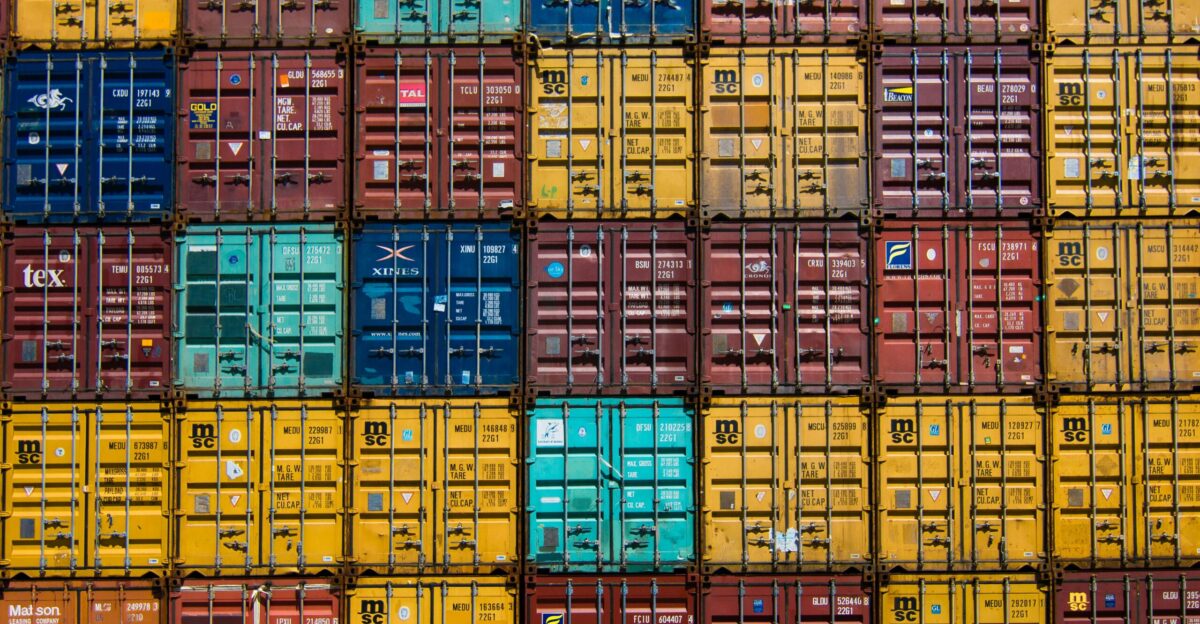
The tariff-induced shake-up has led to broader macroeconomic effects as well. In months, ocean freight spot rates had doubled, as shipping lines raced to reallocate their capacities to meet growing demands. According to industry tracker Drewry, the trade routes connecting the US and Asia endured significant strains.
One industry expert noted, “We’re navigating uncharted waters,” highlighting the kinds of adjustments required across the board. Each player in the supply chain felt the tremors of this evolving landscape, raising concerns about how these disruptions would reshape the industry in the long run.
Resilience Amidst Challenges
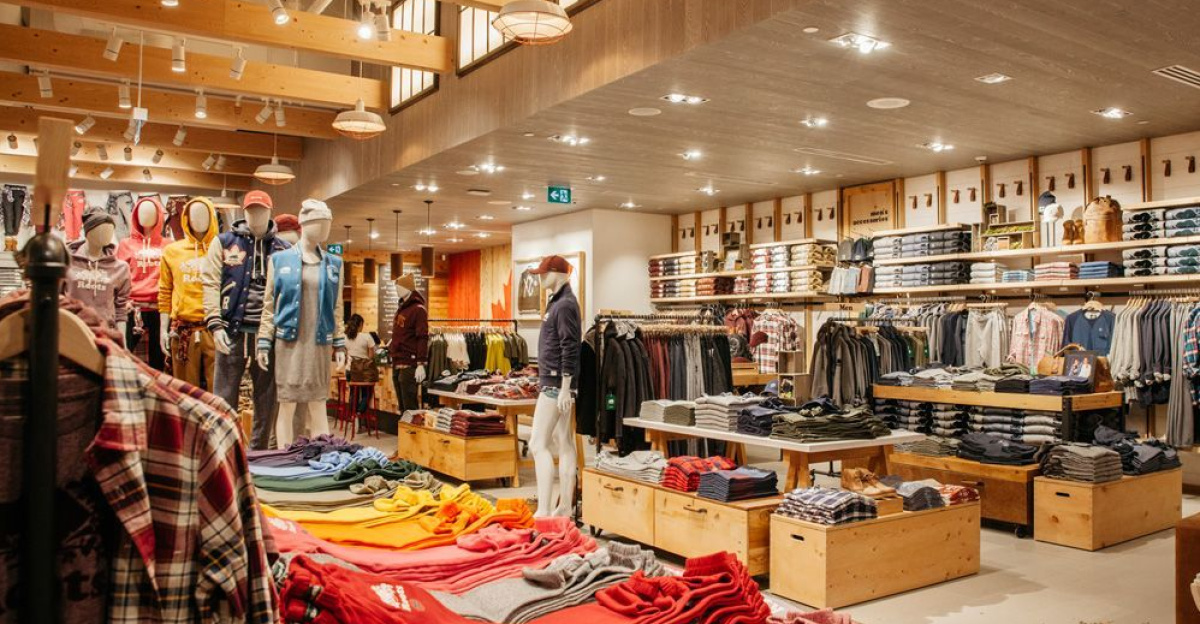
In the face of these challenges, some retailers have begun to showcase resilience. Community-supported initiatives and partnerships have started to sprout up, allowing businesses to share resources and knowledge. A local farmer shared, “We’re working together more than ever to ensure we can get our products on the shelves.” The necessity for collaboration has become evident, as companies strive to navigate the complexities of the new trade environment.
While each day brings fresh challenges, innovative approaches rooted in community support are emerging as one way to bridge the gap created by rapidly shifting trade dynamics.
Looking Ahead

Many are contemplating how the ongoing supply chain crisis will shape consumer behavior as the holiday shopping season approaches. Retailers increasingly face the dual challenge of maintaining adequate inventory levels while also managing costs that are likely to be passed on to consumers.
Experts caution that, ultimately, prices may rise as companies grapple with the ongoing impacts of tariffs. As shoppers prepare to embrace the festive season, they may find themselves encountering unfamiliar scenarios, with varying levels of product availability, and potentially higher prices at checkout.
Embracing Change
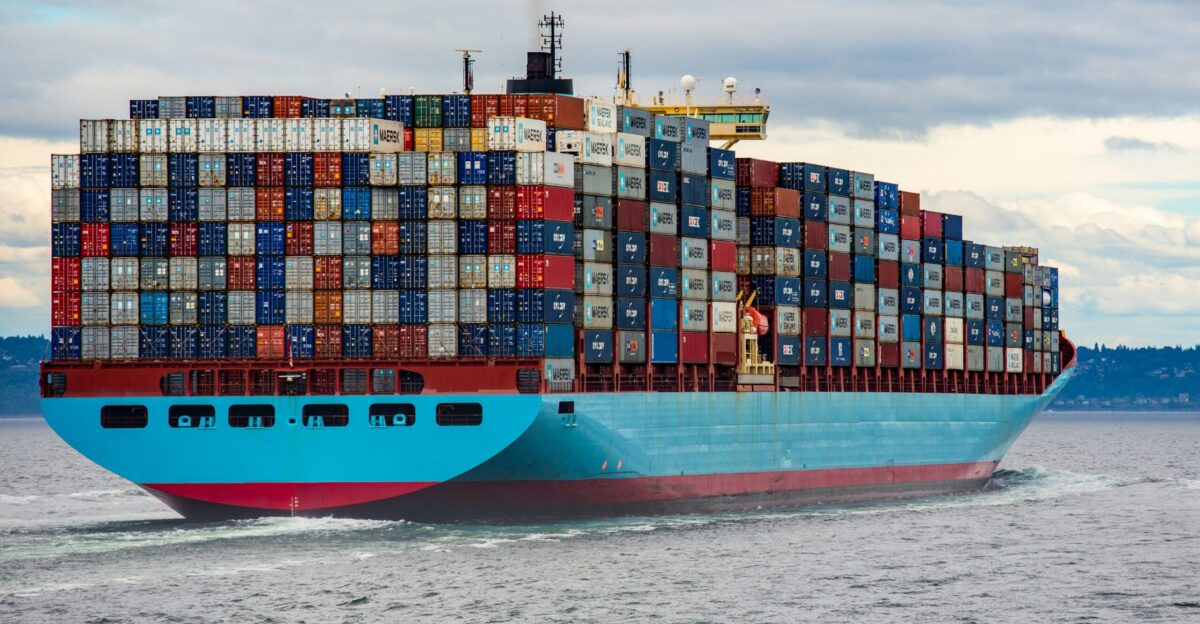
Retailers also focus on implementing new technologies that enhance their supply chain capabilities to adapt to these uncertain times. From advanced tracking systems to AI-driven demand forecasting, innovations are used to minimize disruptions and optimize inventory management.
“This is a pivotal moment for our industry,” noted a retail analyst, emphasizing the shift towards technology in addressing supply chain vulnerabilities. By embracing change and investing in new tools, retailers hope to build a more resilient future that can weather future trade storms.
Supporting Local Economies
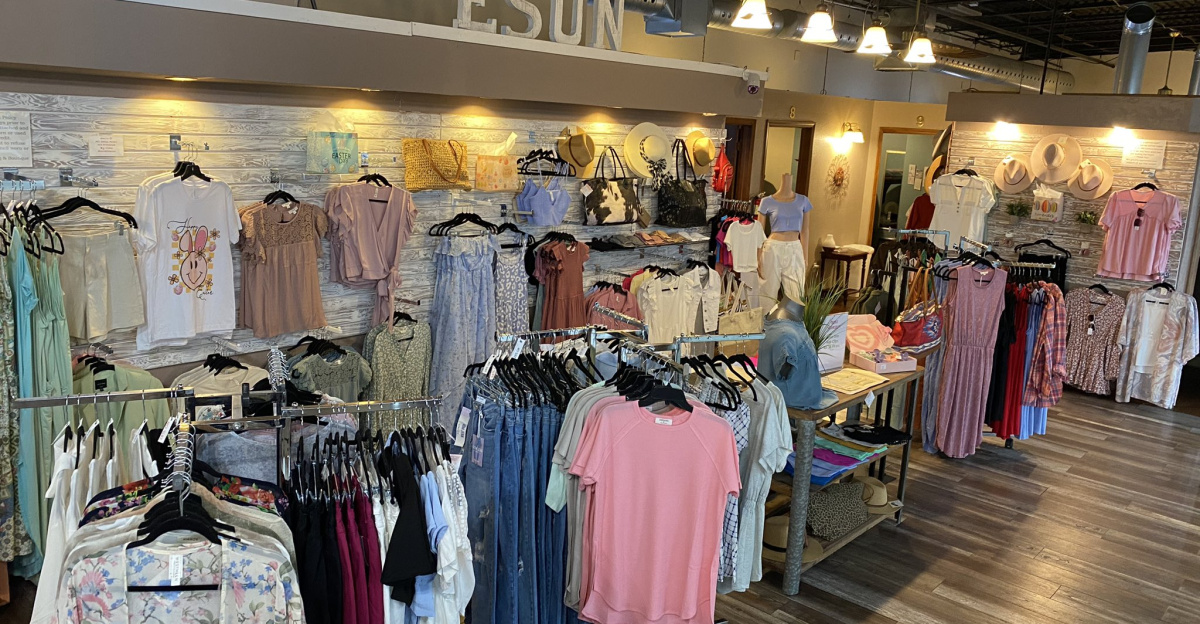
As pressures mount, some businesses are turning towards local sourcing to mitigate the risks tied to international trade. By prioritizing local suppliers, retailers can decrease shipping times, reduce tariffs, and support their communities.
A local boutique owner expressed, “Sourcing from nearby vendors not only helps us stay stocked but strengthens our local economy.” This movement reflects a growing trend among businesses reassessing their supply chains in light of recent challenges, demonstrating that local can affect global.
The Importance of Collaboration
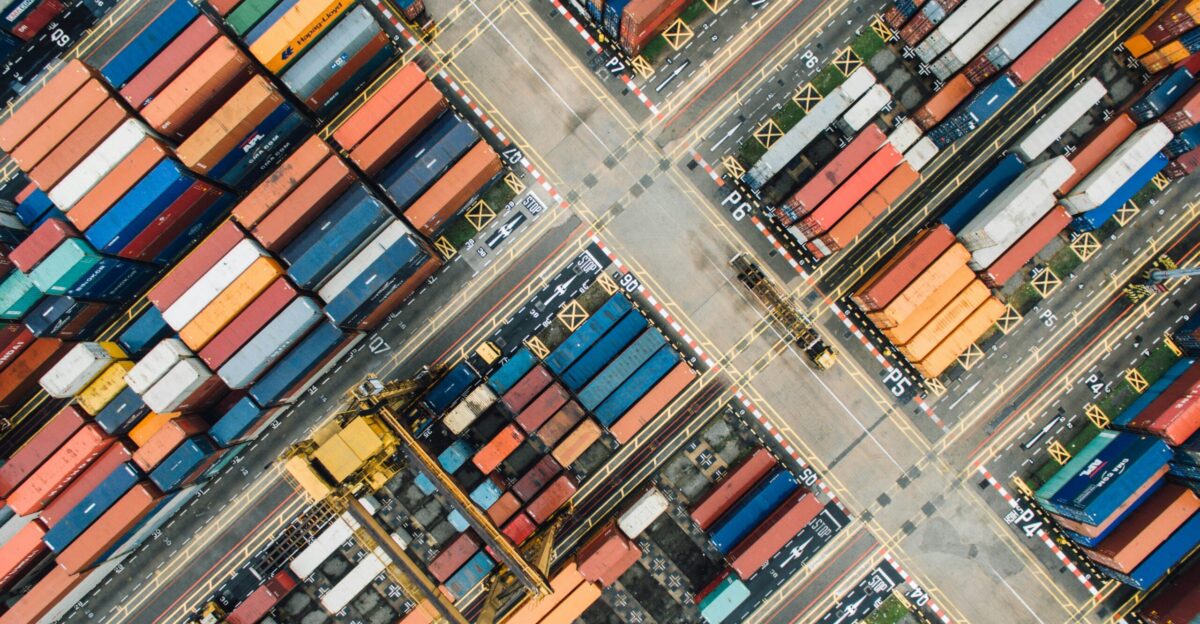
In an unpredictable environment, collaboration among retailers, suppliers, and logistics providers has never been more critical. By sharing insights, resources, and best practices, companies can develop stronger networks to better adapt to changes.
One logistics coordinator stated, “We must work together; it’s not just about surviving this crisis but about thriving in future partnerships.” This ethos of collective effort may very well serve as the key to overcoming the challenges today’s trade landscape poses.
Navigating a New Trade Landscape

As the retail sector continues to grapple with profound changes triggered by tariffs and shifting trade patterns, one thing remains clear: adaptability is crucial. Retailers are reevaluating their strategies and relationships within supply chains, seeking innovative solutions to ensure that they can meet consumer demands.
The path forward may be fraught with challenges, but emerging narratives of collaboration, technology integration, and localized sourcing promise a more resilient future. As the shopping seasons approach, retailers are bracing themselves for a transformation that may ultimately redefine the retail landscape.